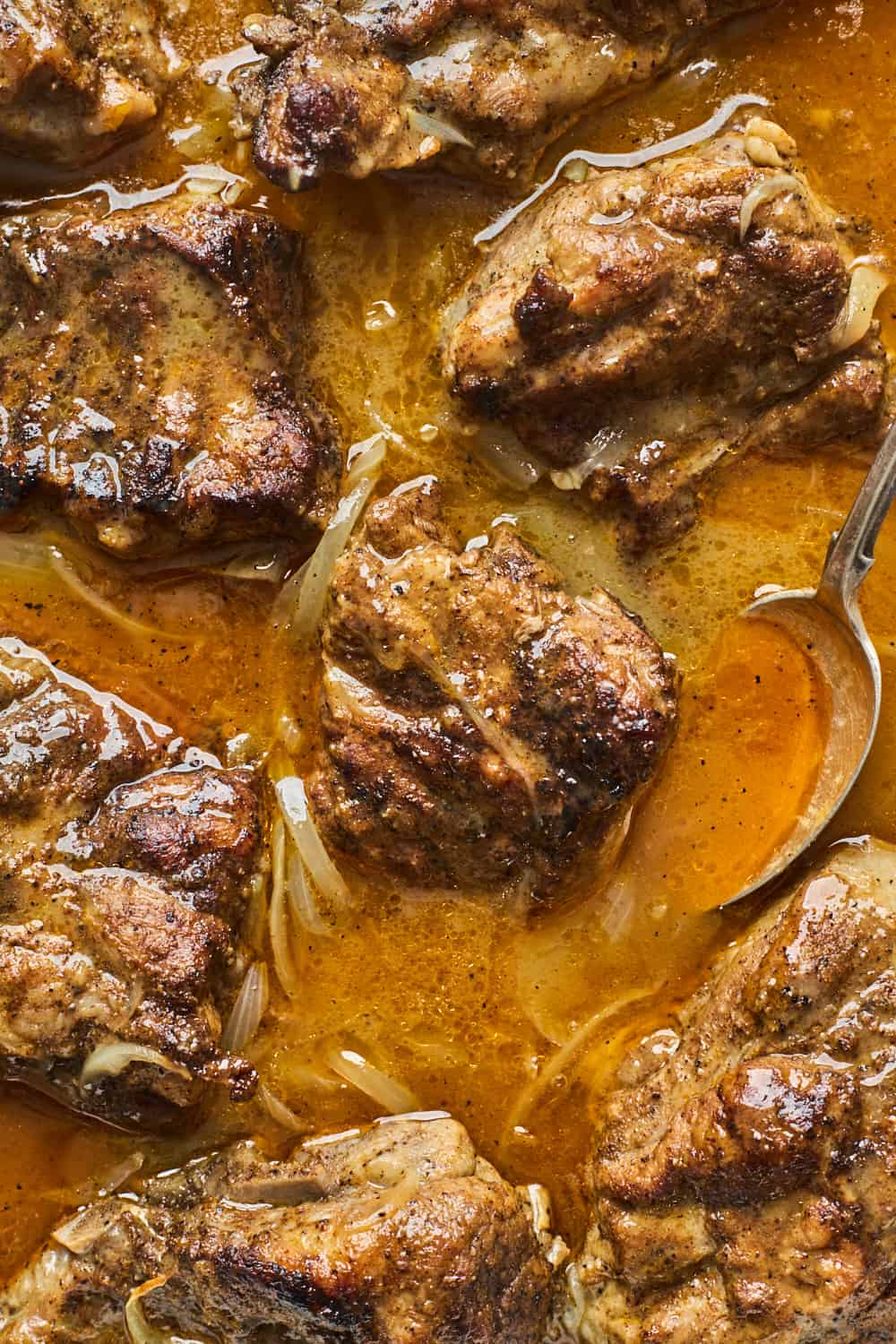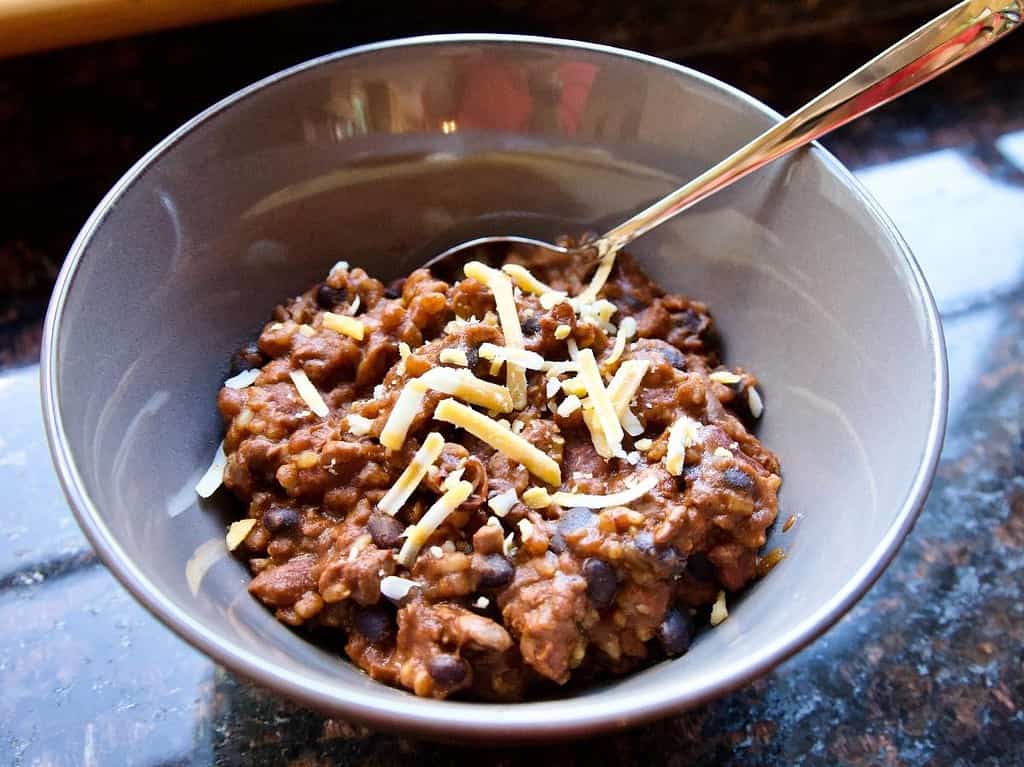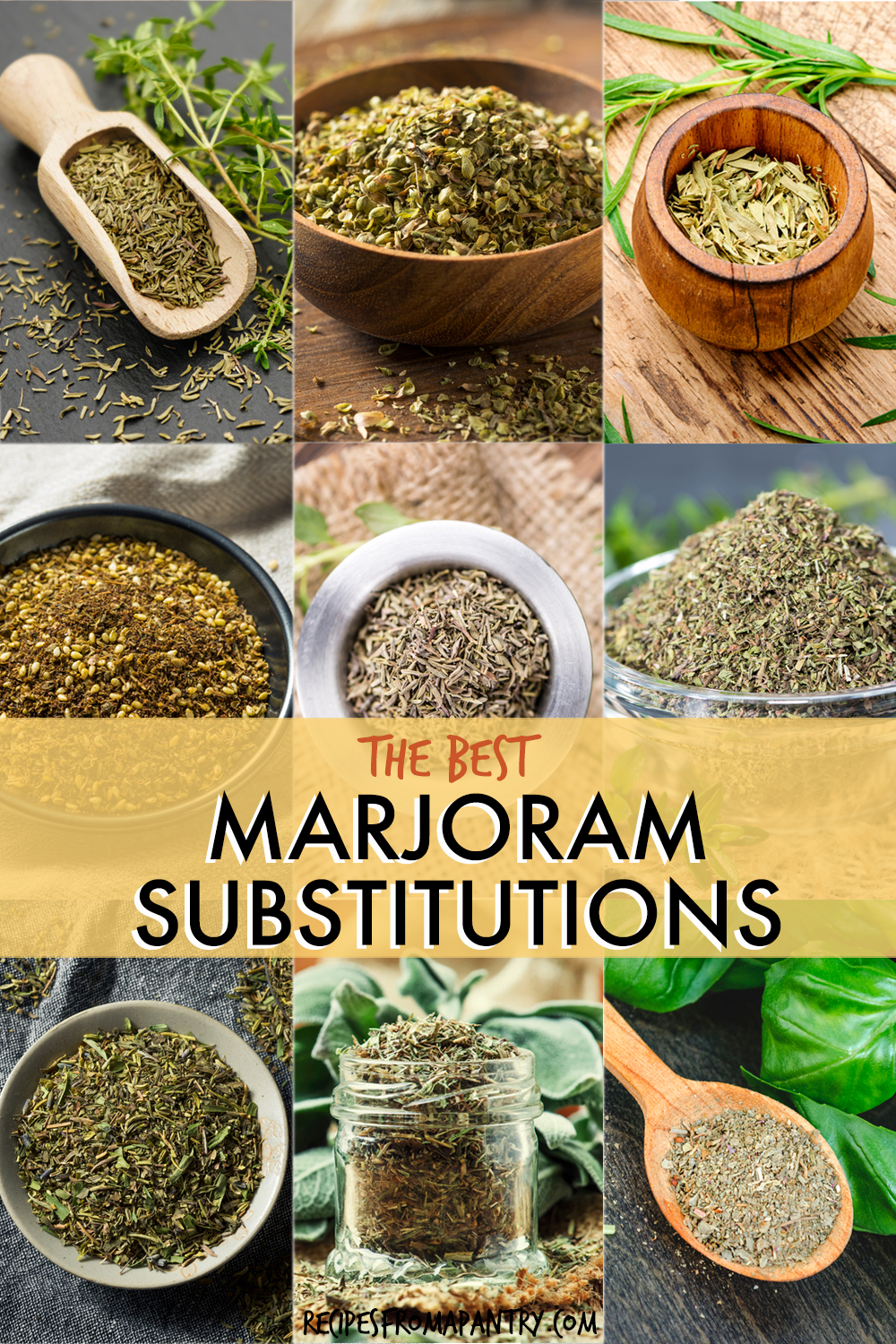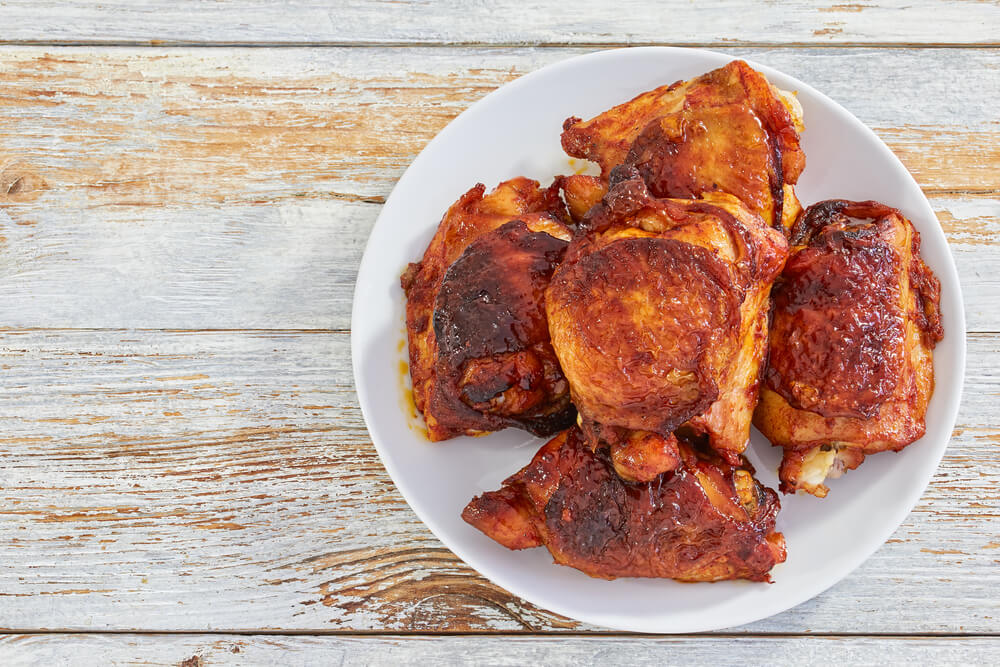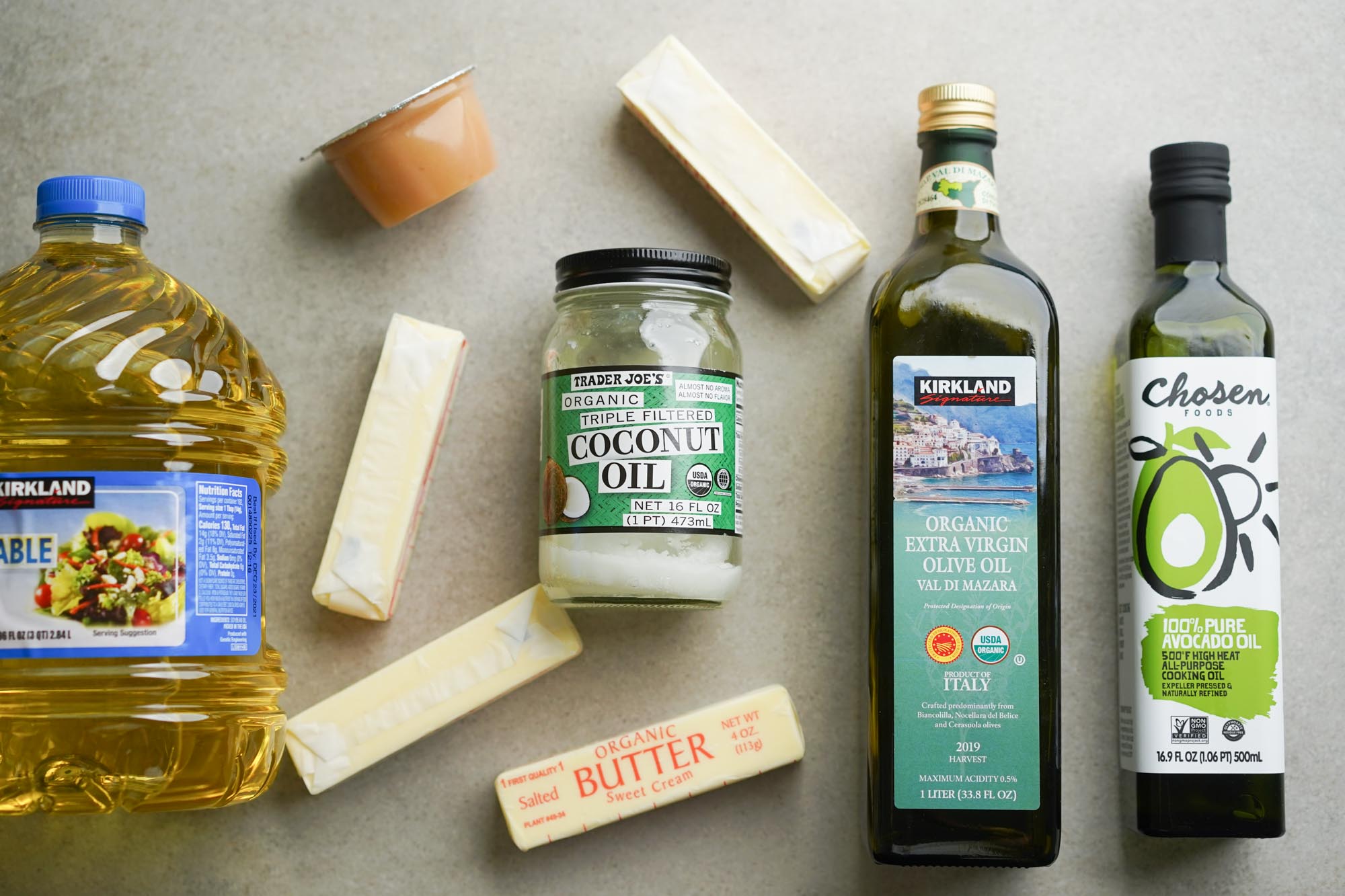– The article discusses different types of onions that are commonly used on burgers such as yellow onions, white onions, red onions, and sweet or Vidalia onions.
– Other onion varieties mentioned include soft shallots, crunchy leeks, French’s crispy fried onions, grilled onions, caramelized green onions, and crispy spring onions.
– Yellow onions are described as intense, strong, dry, complex, firm, crisp, juicy, translucent, astringent, rich, versatile, and common. They are not recommended for raw consumption but can be grilled, sautéed, or caramelized.
– White onions are described as light, mild, sweet, soft, translucent, fresh, sour, palatable, and versatile. They can be used raw, grilled, sautéed, or caramelized.
– Red onions are known for their bite, slight sweetness, and bitterness. They provide contrast and depth of flavor and can be used raw, pickled, grilled, sautéed, or added to the beef mixture.
– Sweet or Vidalia onions have a low sulfur content, resulting in a less pungent flavor. They are naturally sweet and can be grilled, sautéed, caramelized, or used raw on burgers.
– Shallots are mild and similar to red onions but with less of a bite. They can be used fried, pickled, or raw.
– Leeks have a mild onion flavor with a little more crunch. They can be grilled or sautéed for use on a burger.
– French’s crispy fried onions are a popular choice for burgers, providing a salty and crunchy contrast. They are not gluten-free.
– Grilled or sautéed onions bring out the natural sweetness and mellow out the flavor. They can be cooked for a short time for more crunch or longer for caramelization.
– Green onions are mild and can be served raw.
– Spring onions have a pungent flavor and can be used raw or mixed into the patty.
– Onion-based condiments like onion jam, onion chutney, salsa, and relish can add flavor to burgers.
– Onions can be sliced into rings or diced for burgers.
– Grilled onions should be cooked for 3-5 minutes.
– Caramelized onions are best made slowly in a skillet on the cooktop.
Continue Reading

